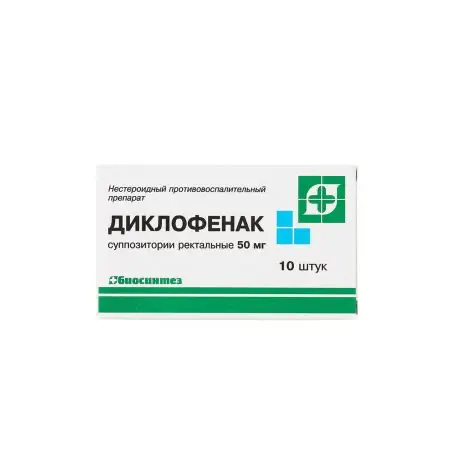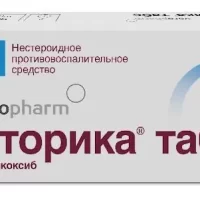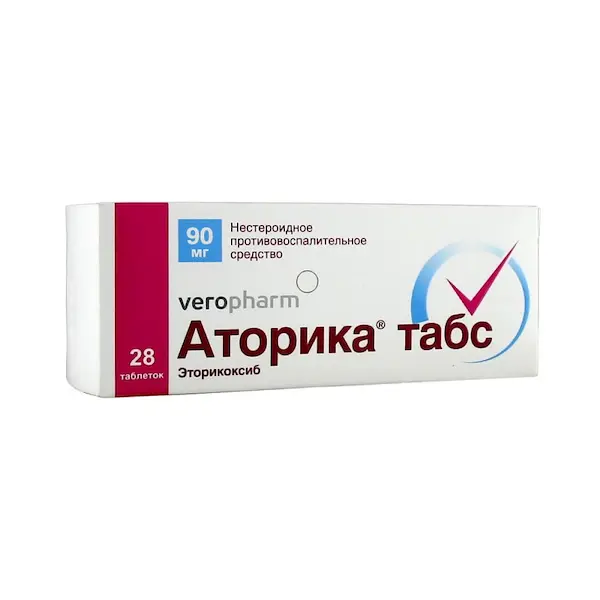Description
Diclofenac Pharmacodynamics
Pharmacodynamics NSAID, phenylacetic acid derivative; has anti-inflammatory, analgesic and antipyretic effects. By indiscriminately inhibiting cyclooxygenase 1 and 2 (COX-1 and COX-2), disrupts arachidonic acid metabolism, reduces the amount of prostaglandin (Pg) in the focus of inflammation. It is most effective for pain of inflammatory nature. Like all NSAIDs, the drug has antiaggregant activity.
Indications
Inflammatory and degenerative diseases of the musculoskeletal system, including rheumatoid, psoriatic, juvenile chronic arthritis, ankylosing spondylitis (Behterev’s disease), osteoarthritis, gouty arthritis (in acute gout attack, preferably a rapid acting form), bursitis, tendovaginitis. The drug is intended for symptomatic therapy, reduction of pain and inflammation at the time of use, does not affect the progression of the disease.
Pain syndrome: headache (including migraine) and toothache, lumbago, sciatica, ossalgia, neuralgia, myalgia, arthralgia, radiculitis, in cancer, posttraumatic and postoperative pain syndrome accompanied by inflammation.
Algodysmenorrhea; inflammatory processes in the pelvis, including adnexitis.
Infectious inflammatory diseases of the ENT organs with a pronounced pain syndrome (in the treatment): pharyngitis, tonsillitis, otitis.
Feverish syndrome with “colds” diseases
Contraindications .
Hypersensitivity (including to other NSAIDs), full or partial combination of bronchial asthma, recurrent polyposis of the nose and sinuses and intolerance to acetylsalicylic acid (ASA) or others. NSAIDs (incl. history), erosive-ulcerative lesions of the gastrointestinal tract (GIT) and duodenum, active gastrointestinal bleeding, inflammatory bowel disease, severe liver and heart failure; period after coronary artery bypass surgery; severe renal insufficiency (CKG less than 30 ml/min), progressive renal disease, active liver disease, confirmed hyperkalemia, pregnancy (III trimester), lactation, children (under 14 years of age – for the rectal suppositories 50 mg, under 18 years – for suppositories 100 mg); proctitis.
Dosage and administration
- Rectally, in adults, the initial dose is 100-150 mg/day divided into 2-3 doses; in mild cases and during long-term therapy, 100 mg/day; in addition to oral administration, the daily dose (rectally) should not exceed 150 mg.
- In algodysmenorrhea (when the first symptoms appear) the initial dose is 50-100 mg/day, which, if necessary, is increased over several menstrual cycles to 150 mg.
- Migraine attack – 100 mg at the first signs of an attack. If necessary, 100 mg repeatedly.
- If it is necessary to continue treatment on subsequent days, the daily dose should not exceed 150 mg in several injections.
- Children over 14 years of age – 1 suppository with a dosage of 50 mg up to 2 times a day.





